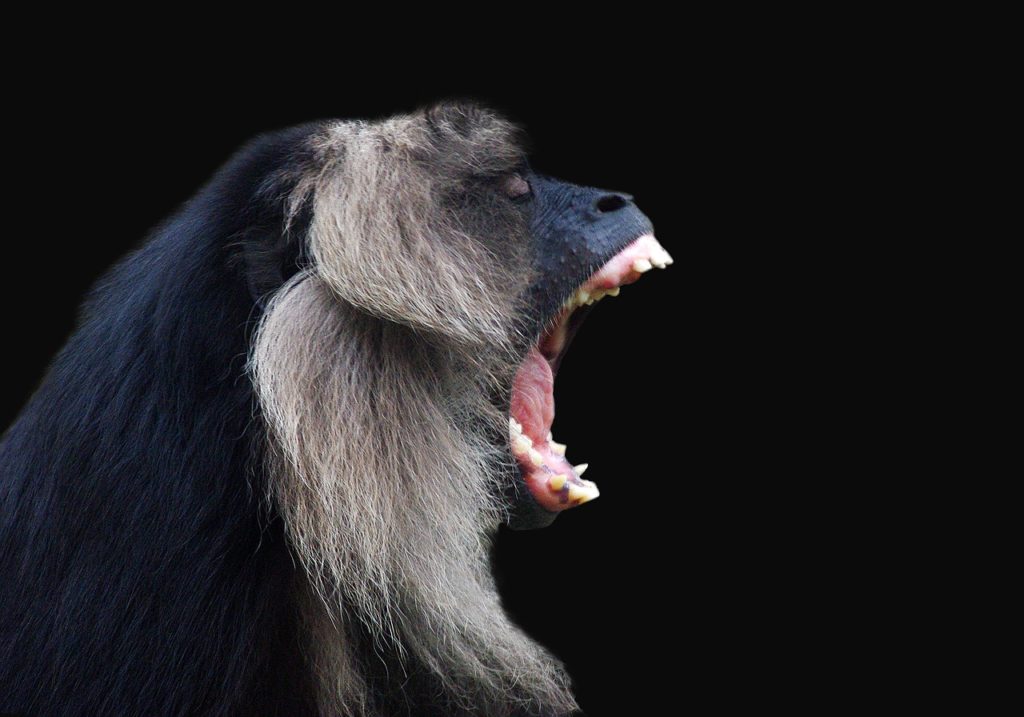An interesting article titled “A biomechanical perspective on molar emergence and primate life history” by H. Glowacka and G. Schwartz appears in the October 2021 edition of Science Advances (Vol. 7, Issue 41). The article looks into why it takes 18 years or more before humans start to have wisdom teeth emerge and fully develop. Compared to other primates, the third molars (wisdom teeth) come later.
In the study the authors state:
“Our results support the idea that the biomechanical constraint on masticatory form in adult primates operates throughout the duration of craniofacial growth. This constraint regulates where molars can emerge safely into functional occlusion, which, when viewed within the mechanical context of overall orofacial growth, modulates the timing of when molars emerge.”
What this means is that our wisdom teeth are just not able to finish growing until our jaws become large enough to hold them. The authors feel that human jaws grow slowly, likely due to the slow life histories of humans. As a result of our short faces, this delays when a mechanically safe space forms to allow the emergence of third molars. This mechanically safe space depends the size of jaws and the mechanics chewing muscles. The authors found that third molars that erupt too early, end up in a space and masticatory system that wasn’t ready for it to be there and when one actually uses premature wisdom teeth it can result in a damaged jaw joint.
The authors found that such a balance as in humans was also found in 21 different species of primates including small lemurs up to gorillas. The team created 3D biomechanical models of the different species skull and chewing muscle development and then combined with information about the rates of jaw growth. After doing so the fact that wisdom teeth emerge in the late teenage years made more sense.

The authors state:
Our findings suggest that delayed molar emergence in H. sapiens is the result of extreme facial retraction coupled with a deceleration in, and extended duration of, orofacial growth…Our findings from an analysis of primates reveals that it is the combination of orthognathic faces with protracted jaw growth that results in a delayed appearance of alveolar space in which molars can safely emerge.
The study may also have implications to help better understand in the future the gene regulatory networks that coordinate cranial and dental morphogenesis. Wisdom teeth removal is a painful procedure for many that interrupts their normal schedule. Better understanding some of the specific developmental mechanism underlying the relationship between molar emergence age and life history may help lead to better outcomes for humans of the future.
